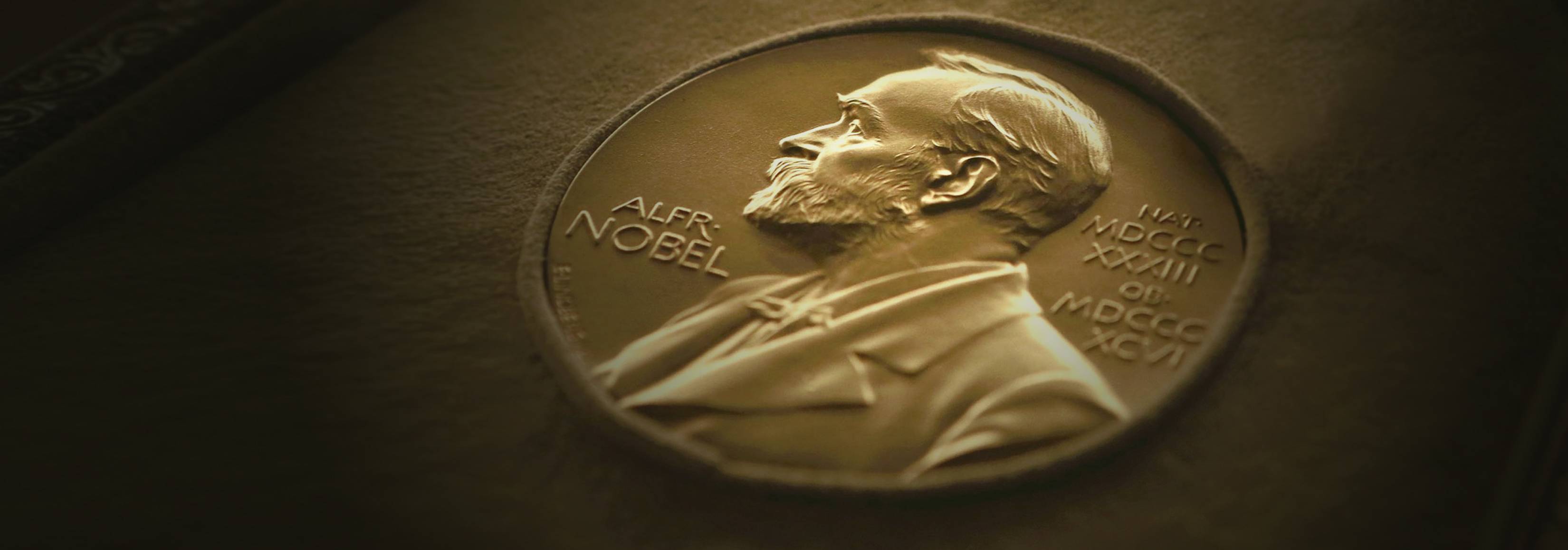The challenge for cell biologists in the mid-twentieth century was not unlike the challenge for astronomers. Rockefeller Institute biologist Albert Claude put it, “the cell was as distant from us as the stars and galaxies.” At that time, the inner workings of the cell, millions of times smaller than the head of a pin, were invisible to even the best light microscopes. The electron microscope, first invented by German engineers in 1931, proposed a solution to Dr. Claude’s problem with its much higher magnification power. But preparing live cells for the technology proved an obstinate hurdle. In the 1940s and 1950s, Dr. Claude, along with graduate student George E. Palade, modernized the field of cell biology by removing this hurdle. For this work and their subsequent discoveries of the structure and function of cellular components, they were awarded a share in the 1974 Nobel Prize in Physiology or Medicine.
To microscopists in the early 20th century, the sheer number of components in a living cell made it appear a jumbled, indecipherable mass. In 1930, Dr. Claude devised a technique, later refined by the assays of Dr. Palade and of Belgian biochemist Christian de Duve — who joined Rockefeller’s faculty in 1962 and shared the final third of the 1974 Nobel Prize — to separate the functional parts of a cell and thus allow for clearer examination with powerful electron microscopes. Called cell fractionation, Dr. Claude’s method involves grinding cells in order to break the cell membrane and then sorting the released contents by mass and weight through precisely calibrated cycles of centrifugation.
Cell fractionation provided an unprecedented opportunity to peer inside the once-cloistered world of the cell, and Drs. Claude, de Duve and Palade and their colleagues immediately set to work examining and biochemically analyzing each distinct constituent of various cell types. Their work over the next few decades resulted in the first functional map of the cell, and what they revealed was an entire microcosm: mitochondria, power plant of the cell; lysosomes, the cell’s clean-up crew; vacuoles, which police harmful elements; ribosomes, which produce worker-proteins; and many other, even smaller subcellular components.
By the early 1950s, cell biology was a recognized field. In 1955, The Journal of Cell Biology was established at The Rockefeller Institute, and in 1960, the American Society for Cell Biology was founded. Drs. Claude, de Duve and Palade were directly involved in these and other ventures of the burgeoning new field they had largely created. Dr. Claude, in his Nobel acceptance speech, described the three men’s discoveries collectively: “We have entered the cell, the mansion of our birth, and started the inventory of our acquired wealth.”
CAREER
Born in 1899 in Belgium, Dr. Claude received his medical degree from the University of Liège in 1928. He joined The Rockefeller Institute the following year and remained there until 1949, when he took over directorship of the Jules Bordet Institute for Cancer Research and Treatment. Later, he also served as professor of medicine at the University of Brussels. In addition to the Nobel Prize, Dr. Claude received the Louisa Gross Horwitz Prize from Columbia University. He died in 1983.
